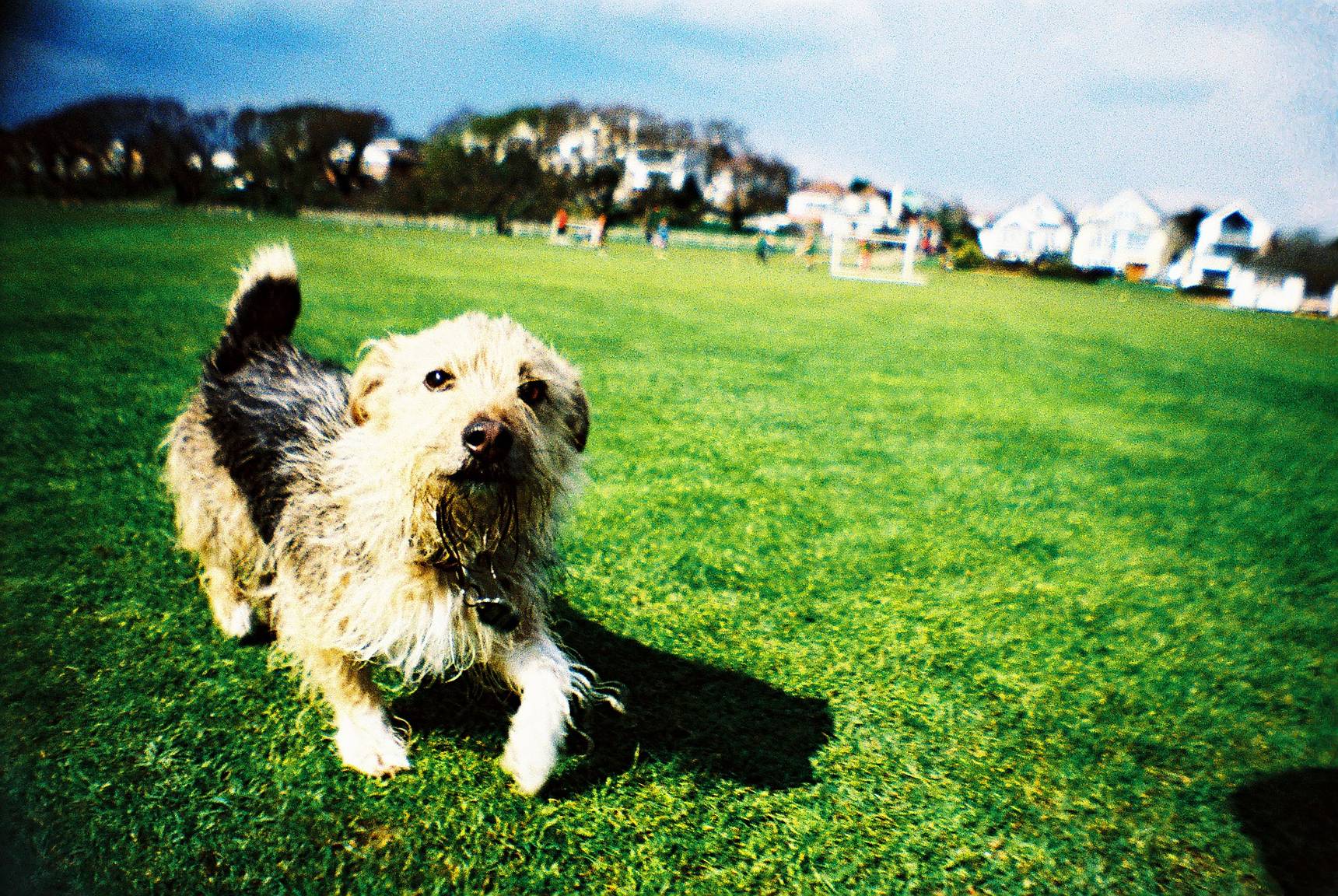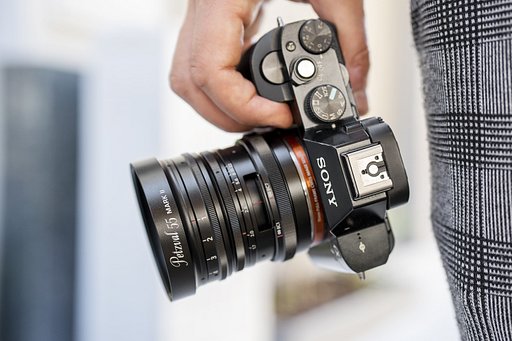A Pocket Guide to 35 mm Film
4 7There’s a whole world of film just waiting for you to grab it and load it in your camera! Not sure where to start? Here’s a quick introduction to the 35 mm film format – the easiest and budget-friendly way to get yourself familiar with creative analogue processes and techniques.

A Guide to ISO
The ISO number is essentially an indicator of how sensitive the film is to light – it’s also often referred to as film speed. You’ll find this number on the side of any type of film and common ISO numbers include 100, 200, 400 and 800. The lower the number means the lower the ‘speed’ of the film. A low-speed film will be much less sensitive to light and produce a much finer picture. Higher speed films are great if there’s low-light but the results can tend to be slightly grainier.
So, choosing an ISO number and a film often depends on when or where you are going to be taking your pictures. Which film should you use when?
Sunny or Summer: When the weather is good and the sun is shining brightly in the sky, it’s always best to go for a low-speed film, like an ISO100. Also a good choice for crisp and beautiful night shots!
Cloudy or Winter: As winter sets in and the days get shorter and darker, best make sure you’re totally stocked up on higher ISO films, ISO400 or even ISO800. It's also a good choice if you decide to shoot indoors without a flash!
So, what sort of film can you get?
Color Negative
The color negative film is the most common film you’ll find on the market. It’s a straight-forward basic film that is processed by your lab in C-41 chemicals. This is the stuff you can take to your local drug-store or supermarket and have ready in an hour – it’s fast and fun and great for those gotta-get-it-quick moments. It’ll give you natural colors and contrast but all color negative films will yield different results. Some films will give you 12 exposures, some 24 and others will give you 36. You can get the most benefits of color negative film with the Lomography Color Negative 800. Play around and discover new films and new results!
Black and White
Fancy giving your shot that super vintage, classic look? Then why not go for the black and white film! Shoot roll after roll of breath-taking, ultra-elegant shots. It’s great for portraits because it’s the perfect way to play around with the contrasts of dark and light. Or get experimental to achieve unpredictable, mysterious or even spooky results! We recommend the Earl Grey B&W 100 for satisfying monochromatic prints.
Redscale
The redscale technique came about when crazy photographers would load a film backward and shoot through a semi-transparent layer on the back. The result was gorgeous splashes or fiery reds, oranges, and yellows! If you don't have a stock of the Lomography Redscale XR, you can make your own redscale film by following this tipster or use color gels.
Slide Film
Slide film (also known as E6 film or X-Pro film) is basically an alternative type of film to color negative and is the type of film to use for E-6 processing – E6 is the name of the solution used to develop slide. If you want your shots to be bright and vivid and dripping with in-your-face color, give slide film a whirl! Generally used by professionals who prefer its better tone reproduction, slide film is also popular with many Lomographers. The reason why? It can be cross processed for mind-bending, unpredictable effects and über-vivid colors. You might get lucky and have a roll of the Lomography X-Pro film with you, so you better check out your stock!
Expired Film
Just like milk, rolls of film come with an expiry date! This ‘process by’ date can usually be found printed on the side of the film package. But don’t let that put you off! Film can usually still be used many years after the expiry date passes. But here’s the fun part – when the film does expire, things start to get a little crazy. Unpredictable results, strange color-shifts, erratic saturation and much more! Some Lomographers even keep their expired films in the fridge – to help preserve them. Our 35 mm film catalog occasionally has some expired films, so keep yourself posted!
For beginner 35 mm shooters, we suggest pairing your emulsions with the La Sardina for satisfying results. Find a whole range of different films over at our Online Shop or one of our worldwide gallery stores.
written by devoncaulfield on 2011-06-18 #gear #tutorials #35mm #tipster #pocket-guide-to-film-introduction-techniques-tipster



































4 Comments